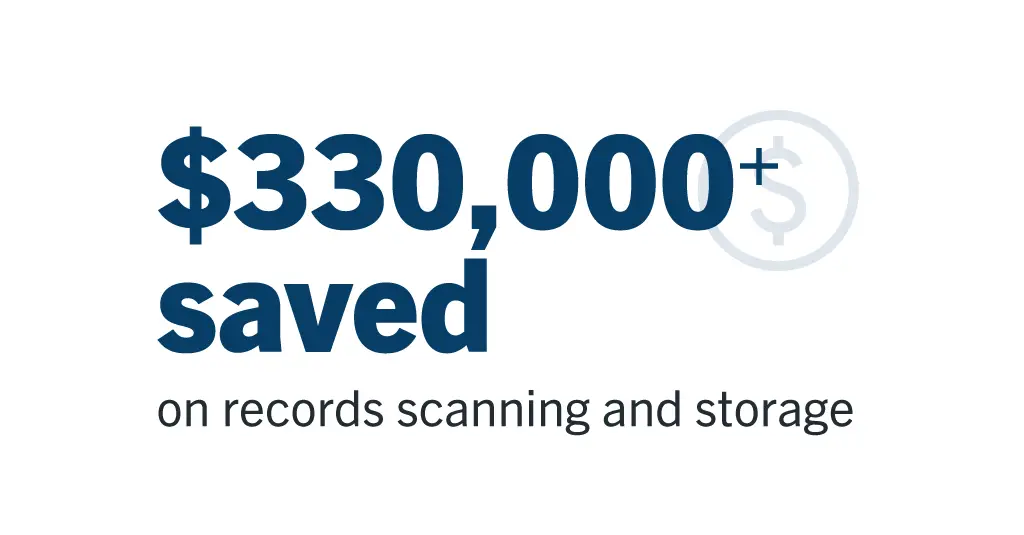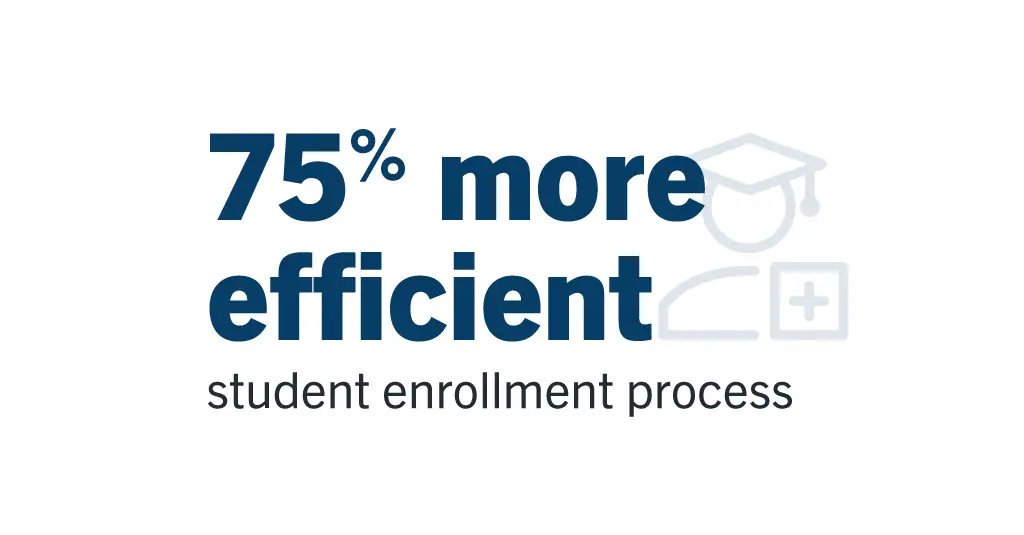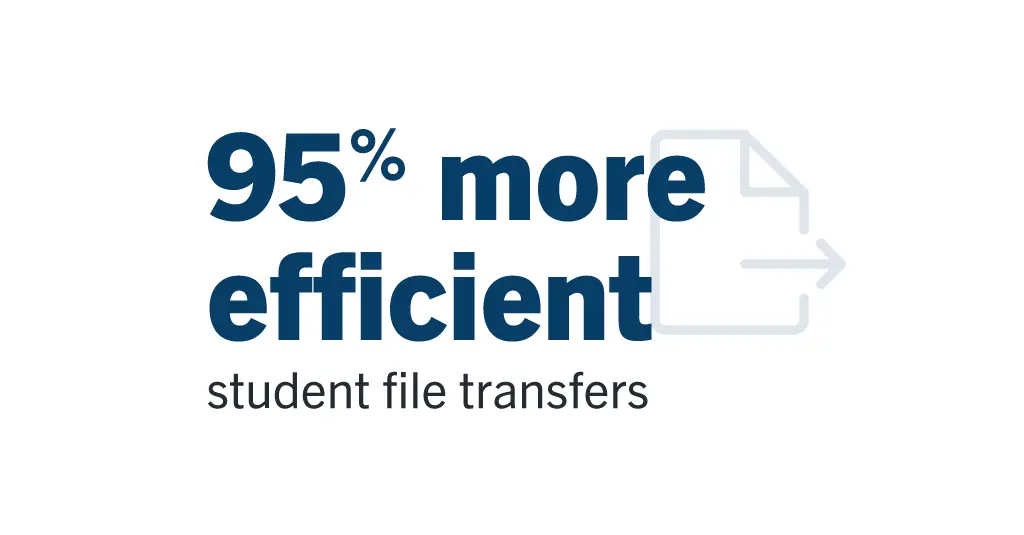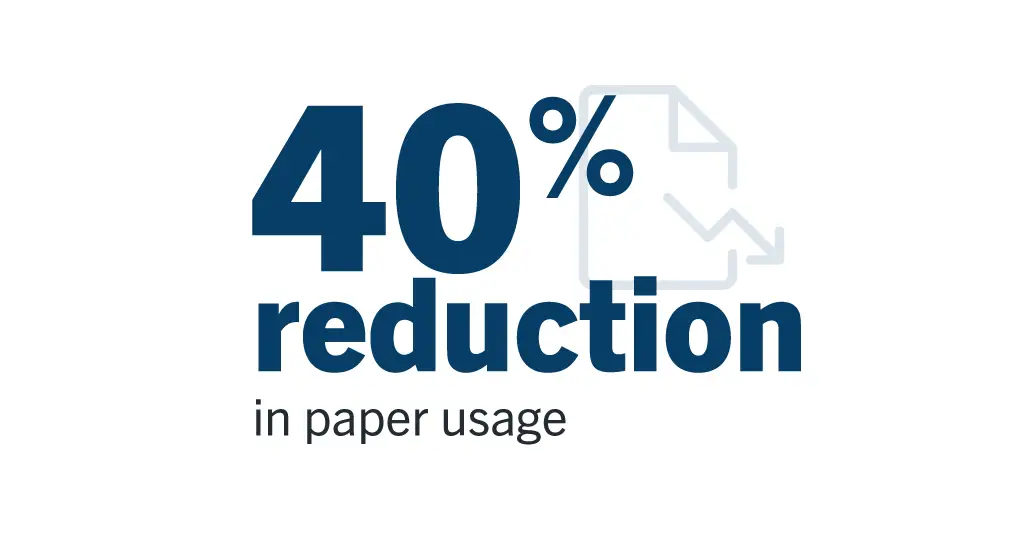As a stable, independent, family-managed business, Fiducia has supported mid-market firms to navigate change and seize business opportunities in China for over 37 years. Extensive local know-how and network, coupled with technical and international industry expertise has enabled Fiducia to provide a wide variety of advisory and outsourced services, including finance and accounting, trade and technology consultation, strategy advisory, executive search and tax advisory.
Fiducia’s dedication to high-quality, responsive client service recently led the firm to digitally transform key processes, integrating line of business technologies and introducing business process automation. Implementing Laserfiche as a core solution for contract management, Fiducia streamlined the quotation generation and contract approval processes, allowing for more transparency and efficient communication between key company stakeholders and clients. The initiative has also reclaimed time for employees, enabling them to focus more on supporting international clients seeking Fiducia’s business expertise in the region.
“Adopting Laserfiche has helped us streamline our approval process, improving accuracy and efficiency,” says Addison Kwok, Financial Manager at Fiducia. “The process has been centralized in one platform, representing a true digital transformation.”
Seamless Integration with Existing Applications
Service proposals at Fiducia previously required employees to manually input significant amounts of client and project information. Up to 30 different templates were used, and the template depended on the specific scope of the project. Internally-reviewed cost estimates were also completed manually and submitted to finance managers — a process that required employees to perform their own calculations to determine whether submitted proposals were profitable. Keeping track of these documents also heavily relied on manual tasks performed by service managers, the managing director, finance managers and clients. The time-intensive process hindered productivity and growth, ultimately slowing project turnaround times and creating silos across the organization.
The firm identified a lack of a centralized repository and content management system as one key issue. Projects and documentation were spread across a number of different applications and file locations, resulting in misplaced documents and various copies of the same proposal stored in different staff members’ computer drives or inboxes.
In order to accelerate proposal generation and continue upholding the firm’s high standards of service, the Fiducia team knew they needed to standardize the way information was shared across the organization. A new system would also need the ability to integrate with existing applications that were key in managing client details and creating project proposals.
Fiducia implemented a Laserfiche enterprise content management system to centralize account information, integrating the platform with the firm’s Salesforce CRM to support seamless contract management. Laserfiche also enabled Fiducia to create an automated workflow to eliminate much of the manual tasks and data entry that was previously required to generate proposals and get them approved.
Service managers begin by loading client information from Salesforce via dropdown menus into a Laserfiche form, which automatically allocates Fiducia team members to respective projects. After submitting the necessary client details, Laserfiche generates an initial proposal and financial breakdown, which includes service scope and cost. The Laserfiche workflow then automatically routes the proposal to the managing director and an assigned financial manager for approval with a priority-based deadline within Fiducia’s Laserfiche repository.
Following internal and external approval, the contract signing process can be initiated: Using DocuSign, clients can either sign the proposal or reject it. If signed, the final project proposal is then delivered to both the service manager and managing director. If approved with signatures and initials by both parties, the project proposal and final approved copy are then appropriately labelled, indexed and archived in Laserfiche.
This approval process can be completed by the managing director and Fiducia members whether or not they are in the office, since the Laserfiche mobile app enables them to complete approvals remotely from any device.
Within a few months of implementation, Laserfiche has helped to streamline Fiducia’s initial quotation generation process, facilitating the creation of service contracts and financial forms. Automating key steps in quotation creation and contract approval processes has also enabled more efficient collaboration between internal and external parties, representing a savings of around 150 hours per year.
Improving Staff and Client Experience
In addition to making key process improvements, Fiducia has used Laserfiche to modernize the way the firm manages documents with access controls that have improved information governance across the organization. Integration between Laserfiche and applications such as Docusign and Salesforce has resulted in an overall better experience for clients and employees, who can now better focus on navigating the business landscape.
Fiducia’s digital transformation has also contributed to business continuity and staff confidence in the wake of COVID-19. The ability to access documents and processes from home, and perform remote approvals has been especially beneficial during work-from-home arrangements resulting from the pandemic.
Following the streamlining of their quotation generation and approval processes, Fiducia has plans to deploy Laserfiche in supplier-focused processes as well — this project will pair Laserfiche and ABBYY, a third-party scanning solution, to capture and subsequently organize important company information and content. This project represents Fiducia’s continued commitment to process automation and digital transformation.










